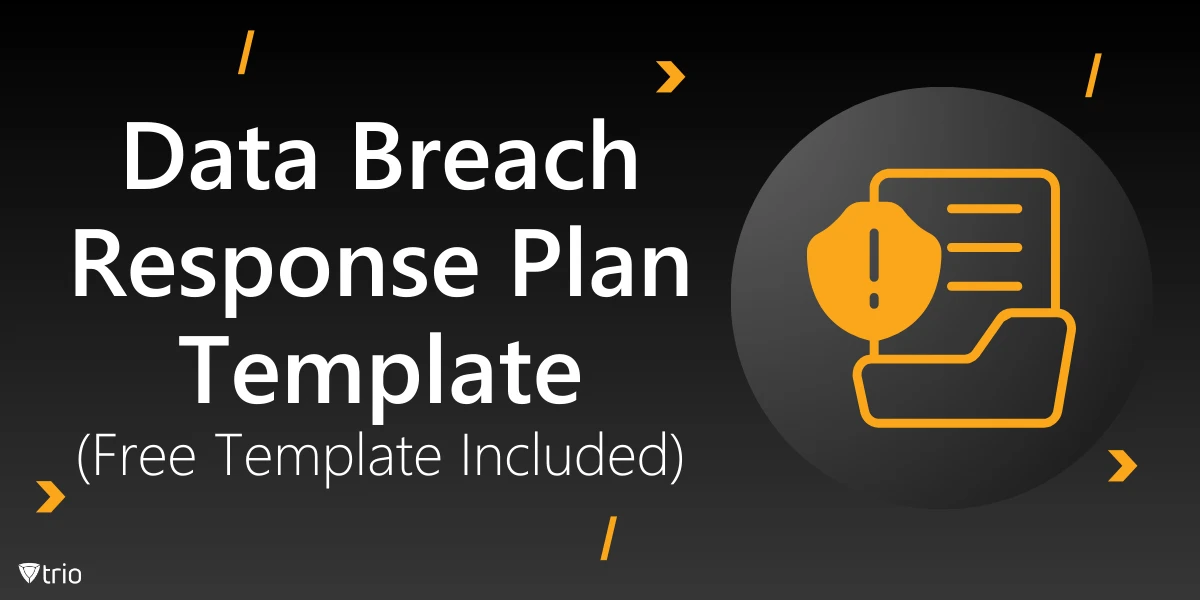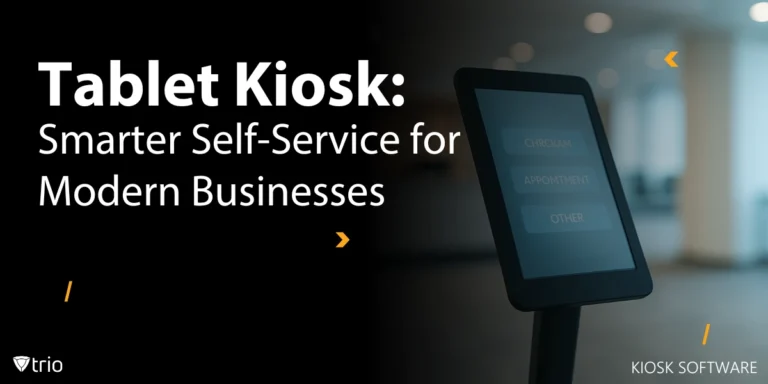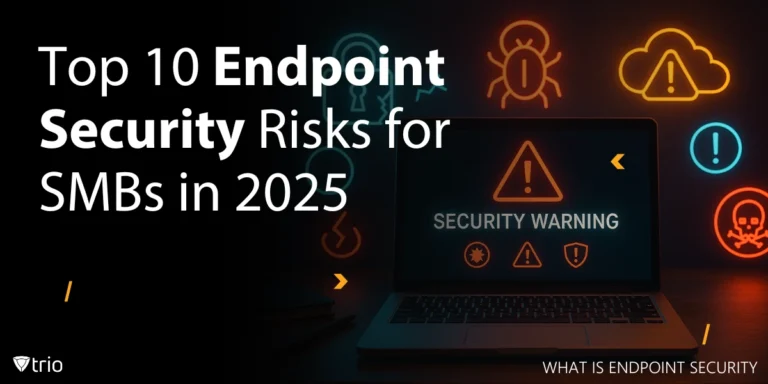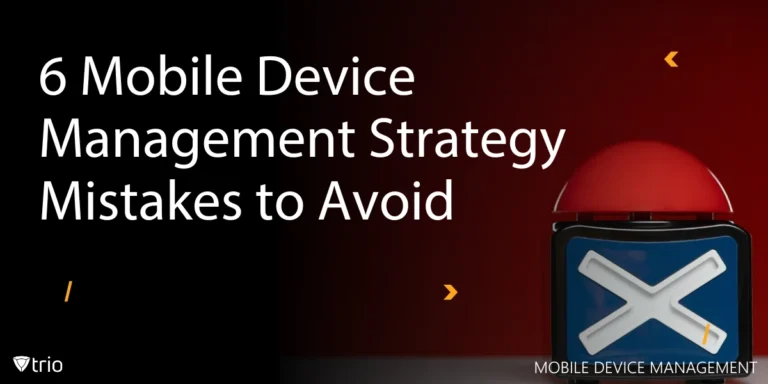The threat of a data breach looms large over every organization, regardless of its size or industry. In fact, many governments warn organizations of the need for data breach response plans, such as the Office of the Australian Information Commissioner. With the increasing volume and sophistication of cyberattacks, it's not a matter of if, but when, a breach will occur.
Understanding what constitutes a data breach and having a comprehensive response plan in place is crucial for mitigating the potential damage to your organization's reputation, finances, and customer trust. Let's delve into the intricacies of creating and implementing a robust data breach response plan to safeguard your company's digital assets.
What Is a Data Breach?
A data breach refers to any unauthorized access, disclosure, or acquisition of sensitive or confidential information. Though there are data breach prevention strategies one can implement, there’s always the risk of data being compromised. Data breaches can include:
- Unauthorized Access: When an individual or entity gains access to data without proper authorization. This could occur due to weak passwords, compromised accounts, or exploiting vulnerabilities in systems.
- Data Theft: Deliberate stealing of information from a company's database or network. This could involve copying files, downloading data, or taking physical documents.
- Loss of Physical Devices: Misplacing or theft of devices such as laptops, smartphones, or external hard drives containing sensitive information.
- Malware or Hacking: Intrusion into a company's network or systems by malicious software or hackers with the intention of stealing or manipulating data.
- Social Engineering Attacks: Manipulating individuals within the organization to disclose confidential information, such as through phishing emails or pretexting phone calls.
- Human Error: Accidental exposure or sharing of sensitive data by employees, contractors, or partners due to negligence or lack of proper security measures.
IT risk management strategies try to prevent data loss or at least minimize the damage of data breaches and other dangers to organizations such as creating disaster recovery plans.
What is a Data Breach Response Plan?
A Data Breach Response Plan is a documented, organized approach to addressing and managing the aftermath of a security incident or data breach. It provides a clear roadmap for responding to a data breach, outlining the steps an organization should take to contain the breach, mitigate its impact, and fulfill legal obligations.
Why is a Data Breach Response Plan Important?
- Quick and Effective Response: A well-prepared plan enables organizations to act swiftly and efficiently when a breach occurs, minimizing potential damage.
- Compliance: Many regulations require organizations to have a data breach policy in place, making it a legal necessity.
- Reputation Management: A structured response can help maintain stakeholder trust by demonstrating the organization’s commitment to data protection.
- Cost Reduction: Proper planning can significantly reduce the financial impact of a data breach by streamlining the response process.
What to Include in a Data Breach Response Plan
An effective Data Breach Response Plan should include the following key elements:
1. Assessment and Planning
The first step to your data breach procedure and response plan is to identify key stakeholders including members from IT, legal, communications, human resources, and executive leadership. Determine potential vulnerabilities in the company's data systems and prioritize them based on their potential impact and likelihood of occurrence. Establish clear goals for the response plan, such as minimizing damage to the company's reputation, protecting customer data, and complying with relevant regulations.
2 . Development of the Plan
Assign specific tasks to individuals or teams within the organization. This could include tasks like technical investigation, communication with affected parties, legal compliance, and public relations. Determine how information will be shared internally and externally during and after a breach, including who needs to be notified and how.
Create detailed step-by-step instructions for responding to different types of data breaches, including how to contain the breach, assess the extent of the damage, and restore systems to normal operation. Consider legal requirements for reporting data breaches in relevant jurisdictions and incorporate these into the plan.
3 . Testing and Training
Regularly test the effectiveness of the response plan through simulated breach scenarios. This helps identify any weaknesses in the plan and allows team members to practice their roles. Provide training to employees on their roles and responsibilities in the event of a data breach. This should include awareness of common security threats, how to recognize them, and what actions to take if a breach is suspected.
4. Implementation
When a company data breach occurs, immediately initiate the response plan according to the predefined procedures. Take immediate action to contain the breach and prevent further unauthorized access to sensitive data. Conduct a thorough investigation to determine the cause and scope of the breach, including assessing what data was compromised and how.
Communicate with affected parties, including customers, employees, regulators, and law enforcement agencies, as required by law and company policy. Take steps to minimize the impact of the breach, such as offering credit monitoring services to affected individuals or implementing additional security measures to prevent future incidents. After the breach has been resolved, conduct a post-incident review to identify lessons learned and make any necessary updates to the response plan.
5. Continuous Improvement
As technology and security threats evolve, it's important to regularly review and update the response plan to ensure it remains effective. Use insights gained from past incidents to improve the response plan and strengthen the company's overall security posture.
Free Data Breach Response Plan Template
To streamline the task of creating a Data Breach Response Plan for our readers, we have developed a comprehensive Data Breach Response Plan Template. This template is available for free download and can be easily customized to fit your organization’s specific needs and requirements.
Our template covers all the essential aspects of data breach response, from initial detection to post-breach analysis. It provides a solid foundation that you can adapt to align with your unique organizational structure, industry regulations, and risk profile.
Enhance Your Data Security with Trio MDM
While having a Data Breach Response Plan is crucial, preventing breaches in the first place is equally important. This is where Trio MDM comes in. Our Mobile Device Management (MDM) solution offers robust features to enhance your organization’s data security posture:
- Device Management: Centralized control over all mobile devices accessing your corporate data.
- Data Encryption: Ensure sensitive information remains protected, even if a device is lost or stolen.
- Remote Wipe: Quickly erase corporate data from compromised devices.
- Policy Enforcement: Implement and manage security policies across all devices.
- Real-time Monitoring: Detect and respond to potential security threats promptly.
By implementing Trio MDM, you can significantly reduce the risk of data breaches and strengthen your overall cybersecurity strategy. This proactive approach complements your Data Breach Response Plan, creating a comprehensive defense against data security threats.
Ready to take your data security to the next level? Try Trio’s free demo today and experience firsthand how our MDM solution can protect your organization’s valuable data.
Remember, when it comes to data breaches, preparation is key. Download our free Data Breach Response Plan Template and explore Trio MDM to ensure your organization is ready to face any data security challenges that may arise.
Get Ahead of the Curve
Every organization today needs a solution to automate time-consuming tasks and strengthen security.
Without the right tools, manual processes drain resources and leave gaps in protection. Trio MDM is designed to solve this problem, automating key tasks, boosting security, and ensuring compliance with ease.
Don't let inefficiencies hold you back. Learn how Trio MDM can revolutionize your IT operations or request a free trial today!





